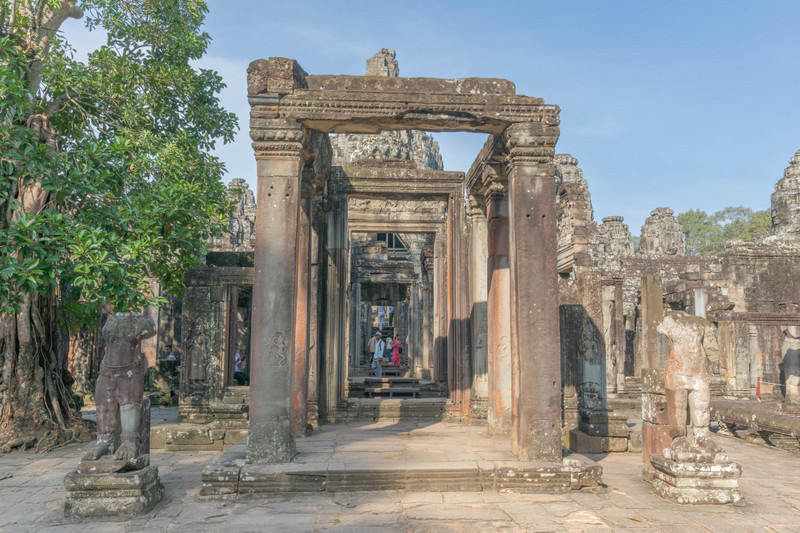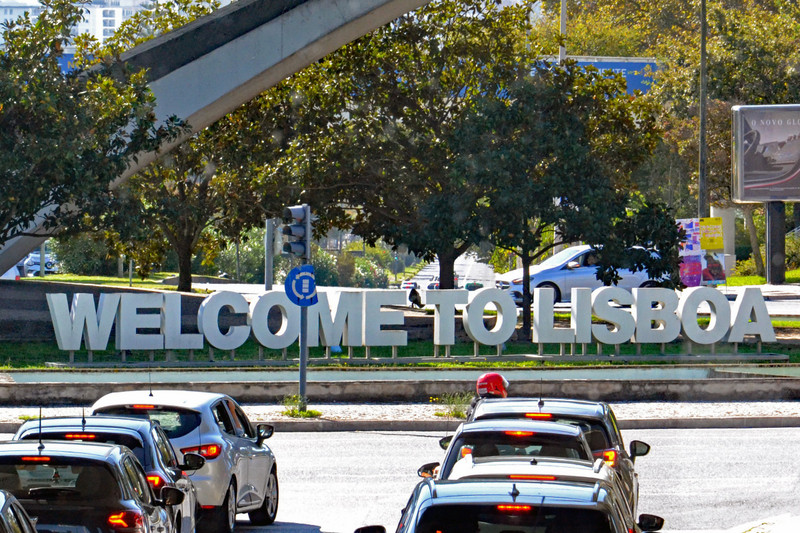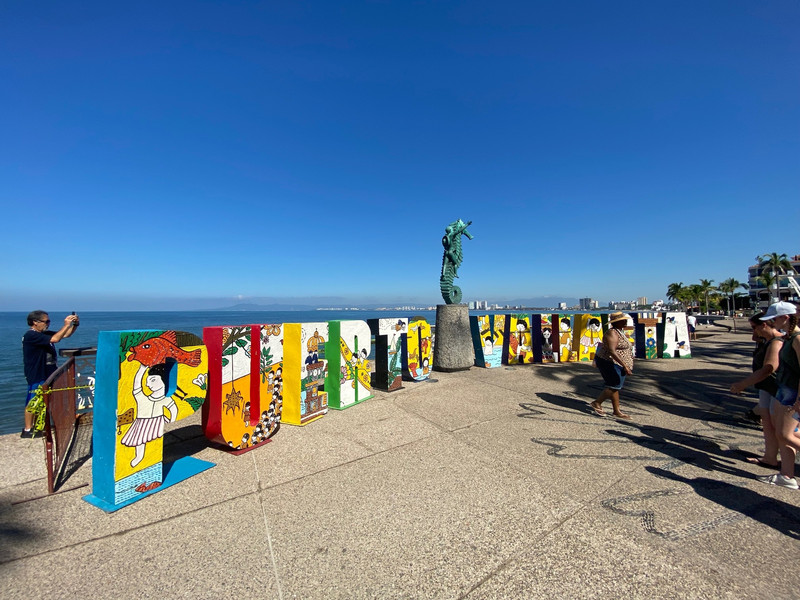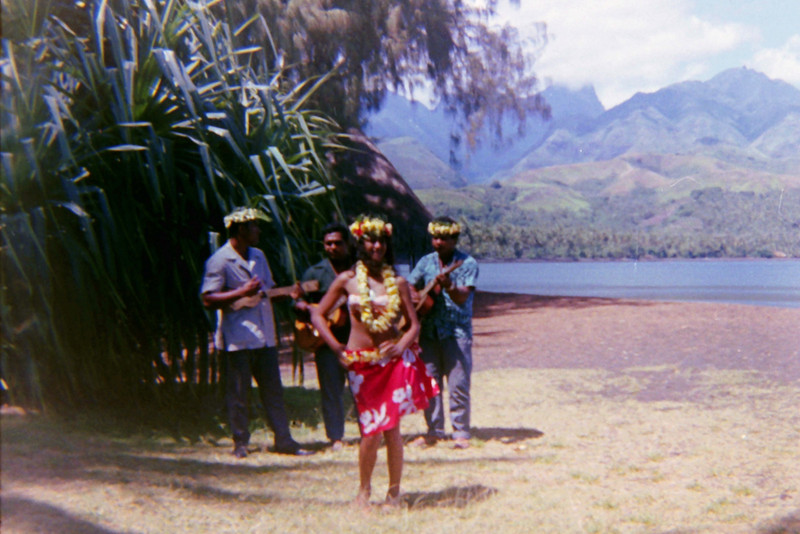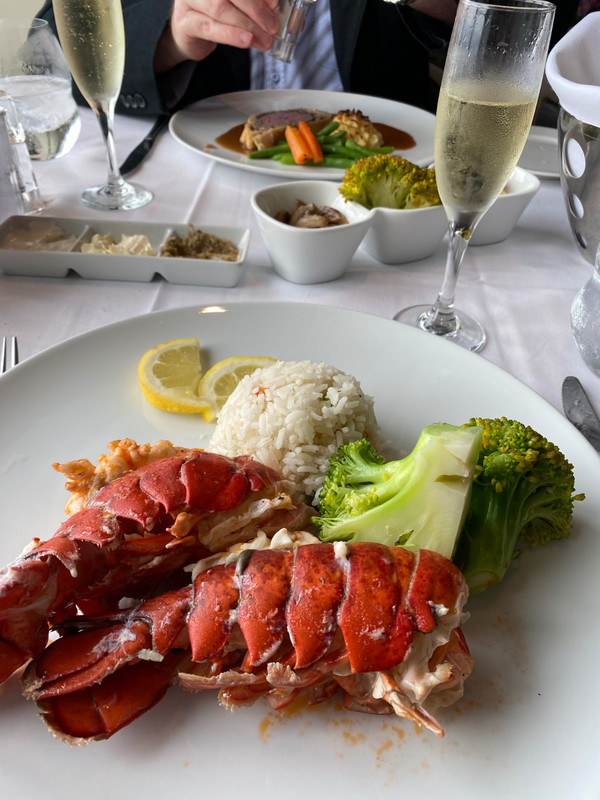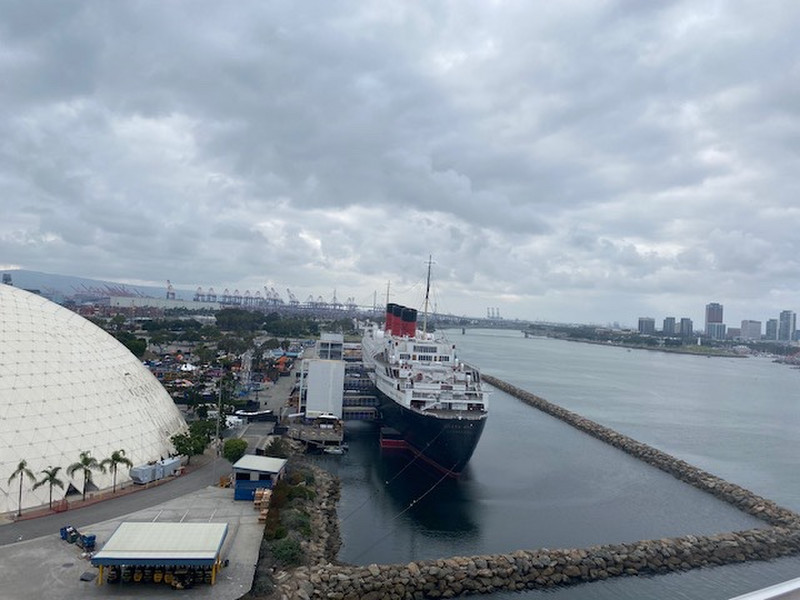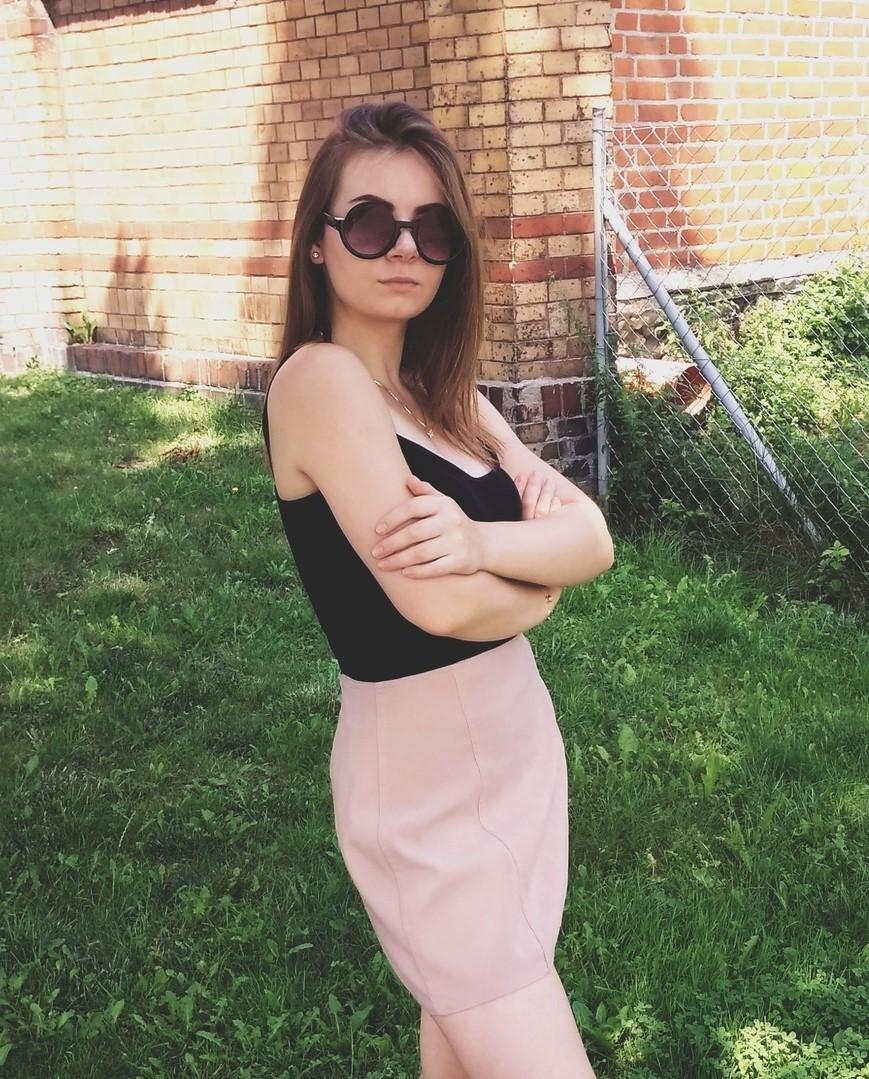Today we explored the temples in the old capital of Angkor Thom. After Angkor Wat, Angkor Thom is probably the best known and most visited area amongst the temples and ruins of Siem Reap. This city, surrounded by a large wall with enormous gates and a crocodile infested moat was once home to as many as one million people. It is worth noting that this was at a time when the population of London was fewer than 100,000 people.
Our first stop was at The Bayon which is a richly decorated Khmer temple dedicated to Buddhism that was built late in the 12th Century or early in the 13th Century as the state temple of the King Jayavarman VII. The Bayon stands at the centre of Jayavarmans capital, Angkor Thom. The temple is characterized by the 216 serene and smiling faces carved into its towers.
Although we could not access the third terrace we still enjoyed our visit constantly looking skywards to see how many faces we could spot. The enigmatic smiling faces seem to appear from nowhere as you look around corners and across courtyards to the towers. We had almost finished our visit when I stepped into
the courtyard from one of the galleries to see a group of women posing for a photo. Hang on a second, I recognize that bloke in the middle! It was Bernie posing with his fan girls!
From Bayon, Cholna took us to Preah Palilay which he promised us would have no people even though it is situated only a very short distance from the Terrace of the Leper King. As good as his word, we found Preah Palilay deserted, but for the attendants. This small Buddhist sanctuary sits in a secluded wooded glade and was well worth the short detour.
From the beauty and solitude of this small, isolated temple we made our way back to the Terrace of the Leper King located in the northwest corner of the Royal Square of Angkor Thom. It was built in the Bayon style by Jayavarman VII, but its modern name is derived from a sculpture of the Hindu God, Yama, the god of death, that was discovered at the site. The statue present today is a copy. The ‘Leper King title is linked to the discoloration and moss growing on the statue when it was found and ties
The next structure is the 350 Terrace of the Elephants much of which is currently undergoing restoration. Attached to the Royal Palace, Phimeanakas, the terrace was used by King Jayavarman VII as a platform from which to view is victorious returning army. Despite the ravages of time and the restoration works in progress, we were still able to see the carvings of elephants on its eastern face.
We ventured from the terrace into Phimeanakas the ‘Celestial Temple. It is a Hindu temple built in the Khleang style with relatively simple lintels and a central kala or god. It was built in the during the reign of Rajendravarman by Suryavarman I to form the focal point of his capital. The temple takes the shape of a three tier pyramid. It is located inside the walled enclosure of the Royal Palace of Angkor Thom north of the Baphuon.
Cholna had driven along from the Terrace of the Leper King to collect us out the front of the Terrace of the Elephants. He greeted us with cold bottles of
water that we guzzled down. We clambered back into the tuk tuk and made our way out through Tonle Om, the southern gate of Angkor Thom. Cholna stopped on the far side of the moat so that we could walk back to take our photos of the gate. It took a bit of patience, but we did eventually manage to take photos without pesky modern day motor vehicles in them.
A very short drive from Tonle Om, Cholna stopped at Baksei Chamkrong Temple for us to view another one of the temples in this area. The name, Baksei Chamkrong means ‘The Bird Who Shelters Under Its Wings from a Legend in which a king tried to flee Angkor during a siege when a huge bird landed and sheltered him under its wings.
The temple is dedicated to Shiva and used to hold a golden image of him.
